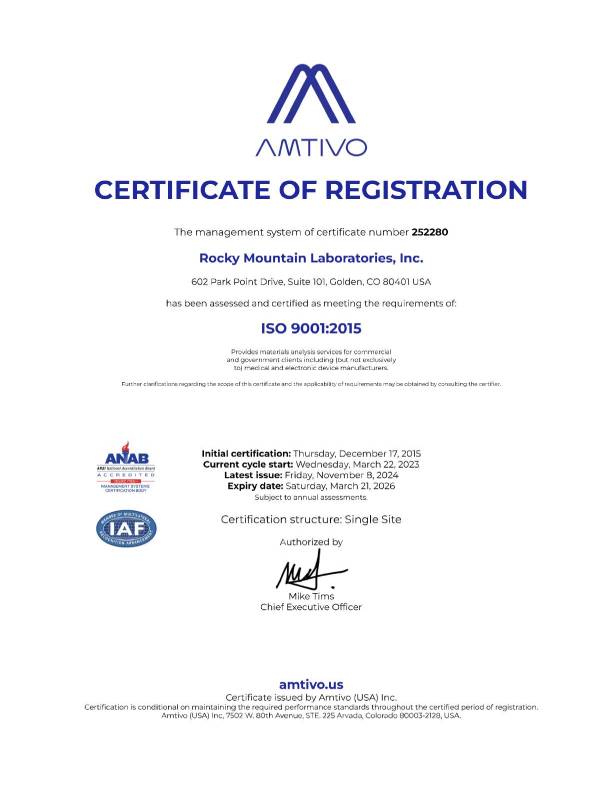FTIR (Fourier Transform Infrared) spectroscopy and dispersive IR (dispersive infrared) spectroscopy are two different approaches to obtaining infrared spectra. Here are the key differences between FTIR and dispersive IR spectroscopy:
- Measurement Principle:
- FTIR Spectroscopy: Utilizes an interferometer to measure the entire infrared spectrum simultaneously. The interferogram obtained is Fourier-transformed to obtain the final spectrum.
- Dispersive IR Spectroscopy: Employs a dispersive element, such as a grating or prism, to separate different wavelengths of infrared light. The intensity of each wavelength is measured sequentially to build up the spectrum.
- Speed:
- FTIR Spectroscopy: Generally faster than dispersive IR spectroscopy because it measures the entire spectrum at once.
- Dispersive IR Spectroscopy: Takes longer as it measures one wavelength at a time.
- Signal-to-Noise Ratio:
- FTIR Spectroscopy: Typically offers a higher signal-to-noise ratio, resulting in better sensitivity, especially for weak signals.
- Dispersive IR Spectroscopy: May have a lower signal-to-noise ratio due to the sequential measurement of wavelengths.
- Wavelength Range:
- FTIR Spectroscopy: Covers a wide spectral range, typically from the mid-infrared to the near-infrared.
- Dispersive IR Spectroscopy: The wavelength range is determined by the specific dispersive element used in the instrument.
- Resolution:
- FTIR Spectroscopy: Offers variable resolution by adjusting the path difference in the interferometer.
- Dispersive IR Spectroscopy: Resolution is determined by the characteristics of the dispersive element.
- Instrumentation:
- FTIR Spectroscopy: Uses an interferometer as a key component. The optical system is simpler compared to dispersive instruments.
- Dispersive IR Spectroscopy: Requires a more complex optical system with a dispersive element.
- Sample Handling:
- FTIR Spectroscopy: Offers various sampling techniques, including transmission, reflection, and attenuated total reflectance (ATR).
- Dispersive IR Spectroscopy: Also supports various sampling techniques but may have limitations depending on the specific instrument.
- Versatility:
- FTIR Spectroscopy: Versatile and widely used in various applications due to its speed and flexibility.
- Dispersive IR Spectroscopy: Still used in certain applications, but FTIR has become more dominant in many areas.
FTIR spectroscopy and dispersive IR spectroscopy are two different methods for acquiring infrared spectra. FTIR is known for its speed, higher signal-to-noise ratio, and versatility, while dispersive IR spectroscopy involves a sequential measurement process, making it generally slower and potentially having lower sensitivity. The choice between these techniques depends on the specific requirements of the analysis and the characteristics of the samples being studied.



